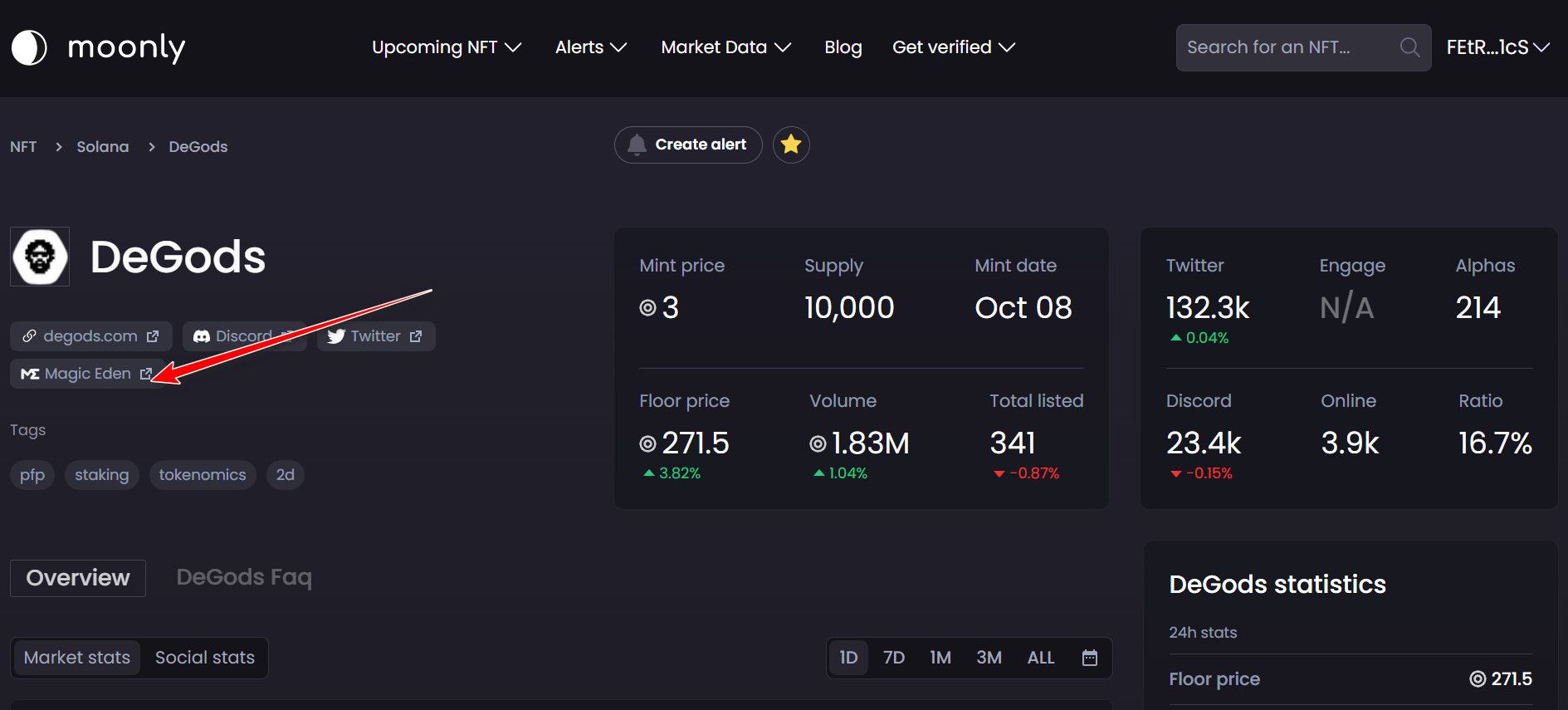How Scammers Exploit Magic Eden's Zero Fee to Bait Traders

If anyone told you there are fewer crypto frauds than conventional web crimes, argue against it with your last sweat. Non-Fungible Tokens (NFTs) are even worse.
The NFT market is undoubtedly huge, with a market cap of over 2 billion USD. And the scams loitering around marketplaces are countless. Categorizing them is even more difficult, considering that perpetrators develop consistent innovative tricks as marketplaces and blockchains update their service terms.
Stefan Smiljkovic, Moonly's founder, has coined a name for another scamming trick he found on Magic Eden. He calls it "the thin floor bait," a ploy used by scammers to drive investors' attention to buy fake NFTs on Magic Eden.
What Is an NFT Thin Floor Bait?
What does the thin floor bait mean, and how can you fall victim? First, look at this extract from Stefan's Tweet:
🧵4/8
— Kinder ◎ (@kinder_moonly) November 20, 2022
They list on ME and trade with themself to pump volume. Since there are no fees, they can trade as much as they want.
Then, they place a bait like on SS 👇, which looks like someone paper handed 5 NFT, so the floor looks really thin and a great opportunity to buy.
👇 pic.twitter.com/QKHGMDt6wN
Magic Eden's zero fees allow the perpetrators to list many fake NFTs on the platform. The scammers start by pirating seemingly popular NFT collections and listing them on the marketplace. To get investors' attention, the scammers self-transact on these pirated NFTs to pump sales volume, making them appear legit to unsuspecting victims.
The "thin floor bait" comes into play when they deliberately shrink the floor of some of the pirated NFTs while leaving many at a higher floor price. "You might think the NFTs with low floor prices are some paper hands, but they're baits," says Stefan.
Of course, every trader's dream is to buy at a lower price and sell when the price goes up. So you might think you're seizing a lifetime's opportunity by sweeping the ridiculously cheap NFTs in the collection. Sadly, these are fakes. And you'll end up buying pirated and unsellable NFTs.
How to Spot the Thin Floor Scam
"I had fallen victim to this scam a couple of times deapite my experience in web 3.0," says Stefan. Thankfully, there are proven ways to spot this scam. Don't forget our guide on spotting fake NFTs.
But specifically, you can avoid this new trick using Stefan's method.
"I discovered this trick by comparing the authentic collection's real-life transactions with the pirated collection's trading activities on Magic Eden via Moonly," says Stefan.
But how can you suspect a pirated NFT to know you should compare it with the authentic one? Be mindful of red flags like lack of social links, zero stats on total supply and unique owners, low number of listed items, and many more. Always do your research before buying an NFT.

A proven effort you can make in such cases is to thoroughly check an NFT collection's transaction history by clicking its Activity tab on Magic Eden. Compare the minting wallets across the board. If you discover that similar wallet addresses have been transacting on the NFT over time, that collection is most likely pirated. You can also do more in-depth research by scanning transactions on Solscan.

You can fact-find further by comparing the transaction timelines between the collection you find on Magic Eden with the one on real-time monitors like Moonly. This will expose any disparity in real-time transactions. If there are more or lesser transactions on Moonly than on the marketplace, the listed collection is most likely a fake.
Additionally, click the Magic Eden link on Moonly; it will likely lead to an NFT collection different from the pirated one.

These efforts can prevent you from losing a fortune. Stay safe.
